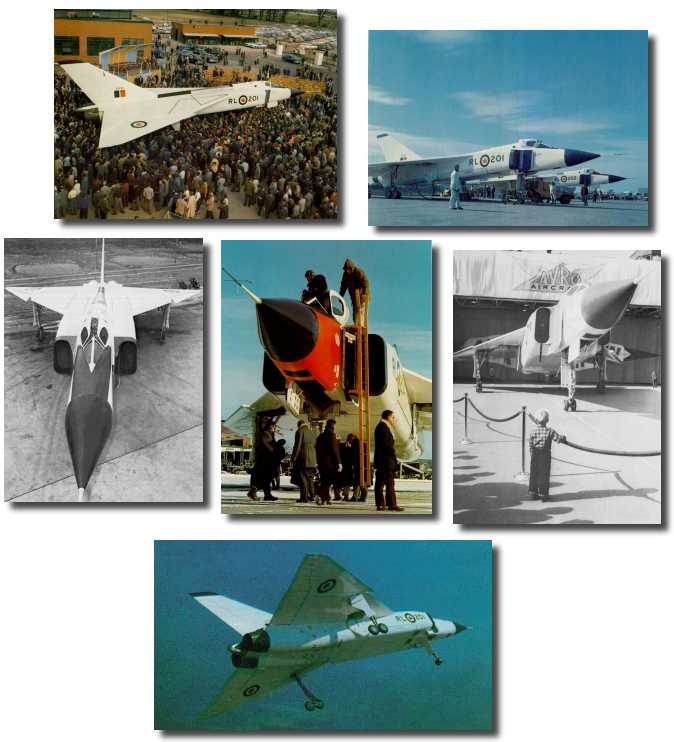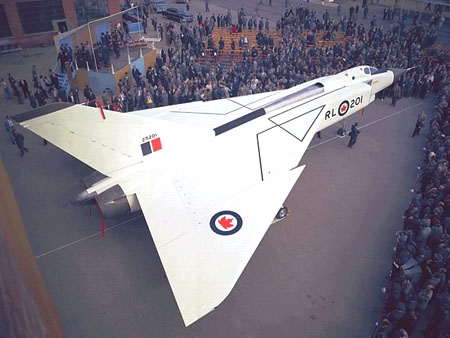ELTEE
Vice Admiral
Happy Holidays!
One of my many hobbies is scale modeling. I usually model WWII, but I enjoy the occasional obscure subject from any time period. I have recently been researching interceptors that appeared following the Korean War, and I came accross the North American F-108 "Rapier." Check out the link below to a picture of a 1/48 scale model of it. The Rapier never entered service, but what struck me was that I could easily make out the overall shape of the WC Rapier and Rapier II.
http://hsfeatures.com/f108pb_1.htm
Does anyone know what the 'official' inspirations were for any of the WC fighters? Of course it is completely possible that most of the designs were created from the vivid imaginations of the team, but I just found this coincidence interesting, to say the least.
One of my many hobbies is scale modeling. I usually model WWII, but I enjoy the occasional obscure subject from any time period. I have recently been researching interceptors that appeared following the Korean War, and I came accross the North American F-108 "Rapier." Check out the link below to a picture of a 1/48 scale model of it. The Rapier never entered service, but what struck me was that I could easily make out the overall shape of the WC Rapier and Rapier II.
http://hsfeatures.com/f108pb_1.htm
Does anyone know what the 'official' inspirations were for any of the WC fighters? Of course it is completely possible that most of the designs were created from the vivid imaginations of the team, but I just found this coincidence interesting, to say the least.







